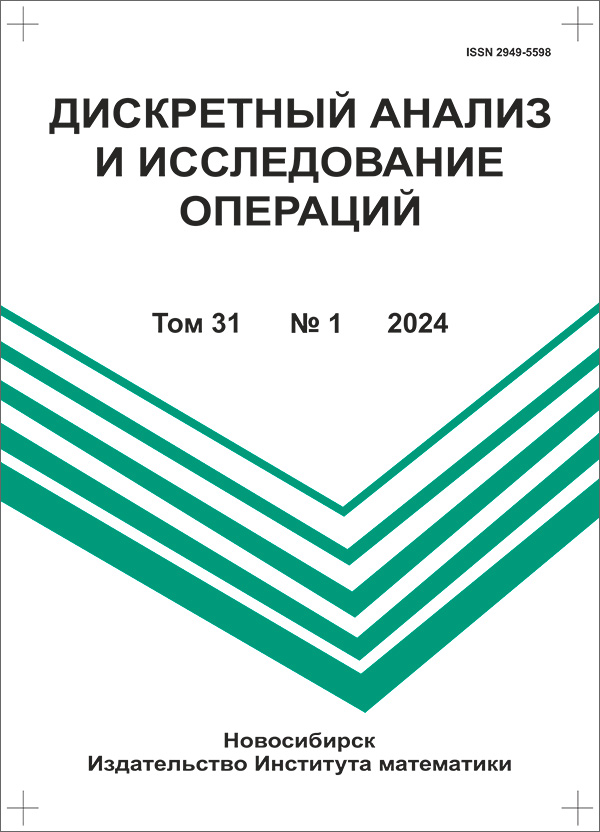|
This article is cited in 3 scientific papers (total in 3 papers)
Bilevel “defender–attacker” model with multiple attack scenarios
V. L. Beresnevab, I. A. Davydovab, P. A. Kononovaab, A. A. Melnikovab
a Sobolev Institute of Mathematics, 4 Acad. Koptyug Ave., 630090 Novosibirsk, Russia
b Novosibirsk State University, 1 Pirogov St., 630090 Novosibirsk, Russia
Abstract:
We consider a bilevel “defender–attacker” model built on the basis of the Stackelberg game. In this model, given is a set of the objects providing social services for a known set of customers and presenting potential targets for a possible attack. At the first step, the Leader (defender) makes a decision on the protection of some of the objects on the basis of his/her limited resources. Some Follower (attacker), who is also limited in resources, decides then to attack unprotected objects, knowing the decision of the Leader. It is assumed that the Follower can evaluate the importance of each object and makes a rational decision trying to maximize the total importance of the objects attacked. The Leader does not know the attack scenario (the Follower's priorities for selecting targets for the attack). But, the Leader can consider several possible scenarios that cover the Follower's plans. The Leader's problem is then to select the set of objects for protection so that, given the set of possible attack scenarios and assuming the rational behavior of the Follower, to minimize the total costs of protecting the objects and eliminating the consequences of the attack associated with the reassignment of the facilities for customer service. The proposed model may be presented as a bilevel mixed-integer programming problem that includes an upper-level problem (the Leader problem) and a lower-level problem (the Follower problem). The main efforts in this article are aimed at reformulation of the problem as some one-level mathematical programming problems. These formulations are constructed using the properties of the optimal solution of the Follower's problem, which makes it possible to formulate necessary and sufficient optimality conditions in the form of linear relations. Bibliogr. 16.
Keywords:
bilevel programming, complementarity slackness, optimality criteria.
Received: 19.03.2018
Citation:
V. L. Beresnev, I. A. Davydov, P. A. Kononova, A. A. Melnikov, “Bilevel “defender–attacker” model with multiple attack scenarios”, Diskretn. Anal. Issled. Oper., 25:3 (2018), 5–22; J. Appl. Industr. Math., 12:3 (2018), 417–425
Linking options:
https://www.mathnet.ru/eng/da900 https://www.mathnet.ru/eng/da/v25/i3/p5
|

|




 Contact us:
Contact us: Terms of Use
Terms of Use
 Registration to the website
Registration to the website Logotypes
Logotypes







 Citation in format
Citation in format 
